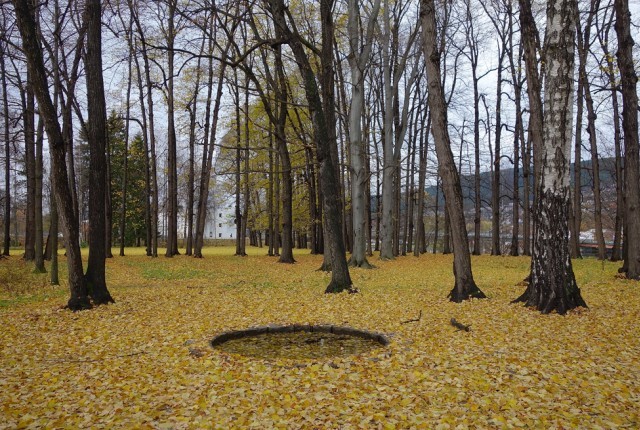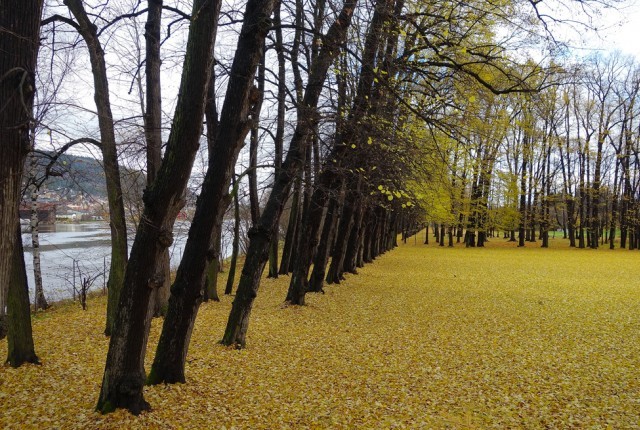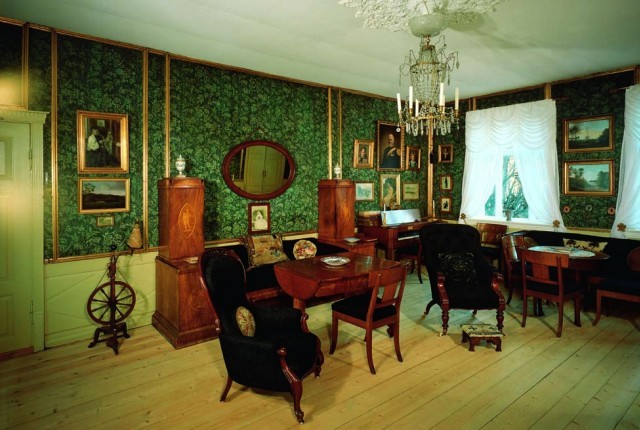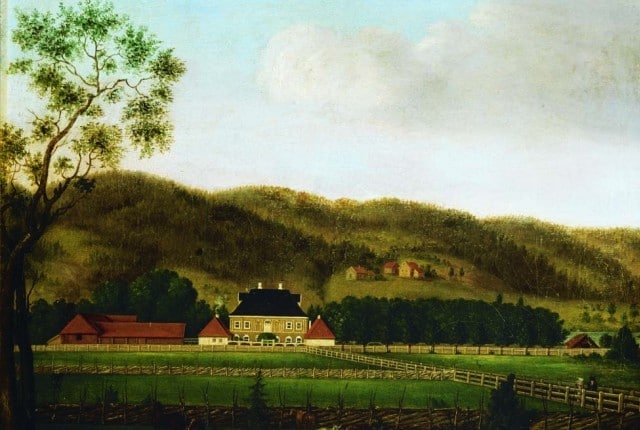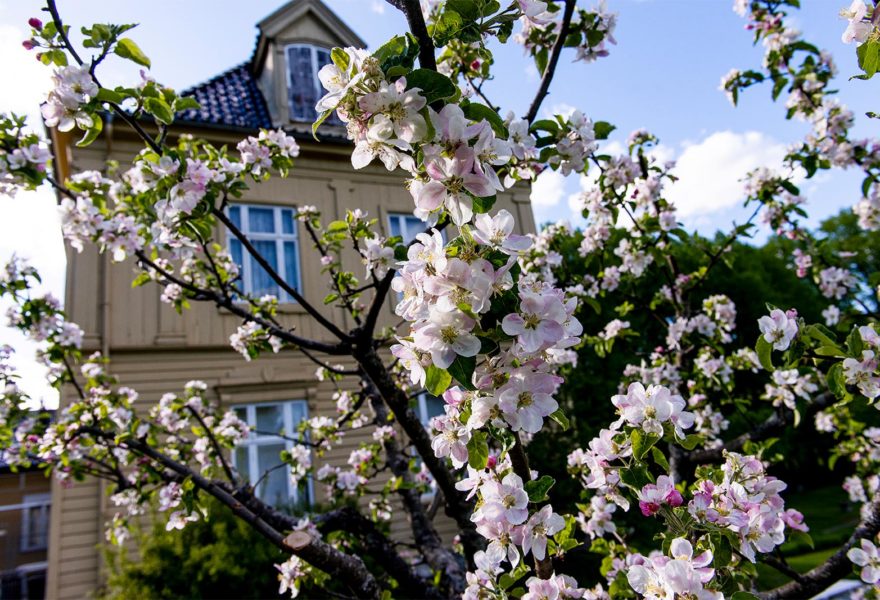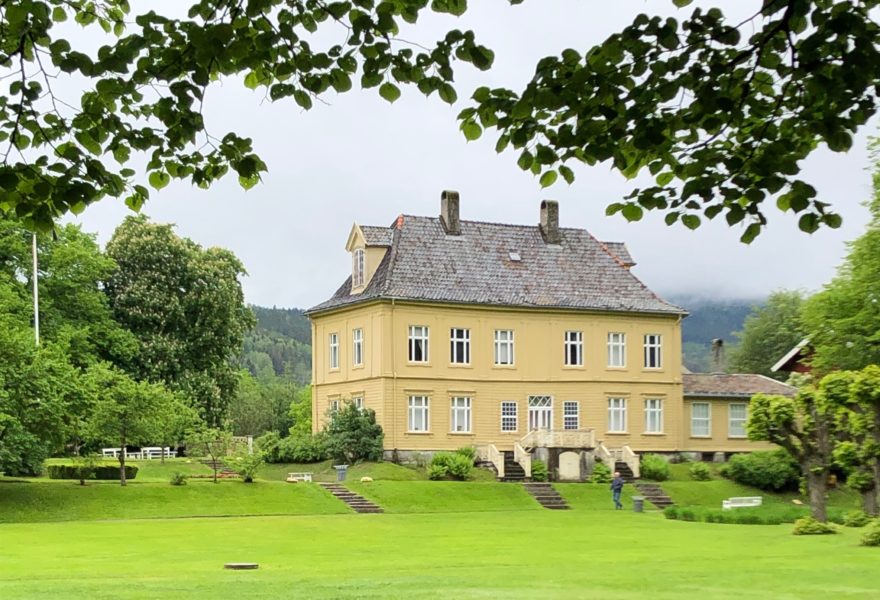Gulskogen Manor
Get to know the history of the pleasure garden better. Visitors can enter the main house and walk around and see the interiors together with a museum host, and with access to digital communication. In addition, you can visit the brewery house and the chamber in the side wing where the museum has a kiosk with refreshments.
The farm Søndre Skogen was in the late 1700s owned by a wealthy farmer, Hans Hansen Gulskogen. When he went to prison and died, the farm went up for auction in 1793. Peter Nicolai Arbo and Anne Cathrine Collett, the city's richest jet-set, struck. Within a few years, the houses on Gulskogen were converted into a classicist country villa based on Anglo-Danish models, and the lower part of the dirt road was developed into a 30-acre landscape park.
In the early 1800s, Gulskogen was one of many beautiful country estates that lay in a belt on either side of the Drammenselva. The builder moved to Denmark after 1809. Gulskogen was leased away and was little used as a manor. In 1828 the farm became a permanent residence. The client's relative, head teacher at the Latin school in Drammen, Christian Fredrik Arbo and his wife Marie Christiane Rosen, moved in. Since then, the farm has been inhabited by descendants. The painter Peter Nicolai Arbo (1831-92) and the architect Christian Fredrik Arbo (1876-1951) lived here for long periods of time. The farm's last owner was the textile artist Ingeborg Arbo (1872-1958).
Buildings, garden and museum
The main building's table covering imitates classicist sandstone decor. The painted windows show that the house was equipped with "English" sliding windows. Originally, the main building was surrounded by two detached side buildings. Seen from the garden side, the wings appeared as pavilions on each side of the main building. In the 1860s, the south wing was demolished. It was built of masonry and half-timbering and contained a hall and a greenhouse. At the same time, the main building was expanded with the current dining room at an angle to the north wing.
While other yards along the river were replaced by factories and residential buildings, Gulskogen is preserved. The old outbuilding wing towards the road is intact under the table covering. In 1857, a new large unit barn was built that is intact from the time it was a farm. In 1959, Gulskogen was founded and the house was opened to the public for the first time in 1972. From 1996, Gulskogen became part of the Drammens Museum Foundation. The facility was "restored" by architect Christian Fredrik Arbo, who designed a picket fence in front of the yard. The farm is a rare complete facility. The house is furnished as in the time of the Arbo family, and the outbuilding is intact. The park is also preserved. Here are nut groves, ponds, and ornamental partridges. The linde tree alley is 265 m. The park can also offer Norway's only preserved labyrinth of linden trees.
The boathouse from "Runtom" One of Drammen's few remaining boathouses was moved from "Runtom" (Drammen) to Gulskogen in the 1970s. The boathouse is probably from the 1800s, but it is conceivable that it is older. The lift spindle has been reconstructed according to tracks, and the housing is intact. Two floors house the exhibition "Drammenselva seen through a boathouse", which is part of Gulskogen's public activities. The exhibition is about the river's significance for business, traffic and culture.
The boat house next door was built in 1990 and houses, among other things, a lowering boat from the river Drammens.
A little further up is a "voice house" moved from "Konghenglet" (King's log boom) in Sigdal. The house houses a spindle with a rope to let rafts out of the hinge. Along the banks are visible piles for storage of timber from the floating period. Some dips are still visible in the river.
Opening hours:
Summer open
Address:
Nedre Eikervei 72, 3048 Drammen
| Park | free |
| Visit to the main house | 120 |
| Visit to the main house (under 18 years) | free |
See also...
Gulskogen Manor - important building protection will continue in 2021
Drammens Museum has received an important grant for listed buildings from Viken County Municipality on behalf of the National Heritage Board in 2021. In addition, the museum has received a significant award from the UNI Foundation.


